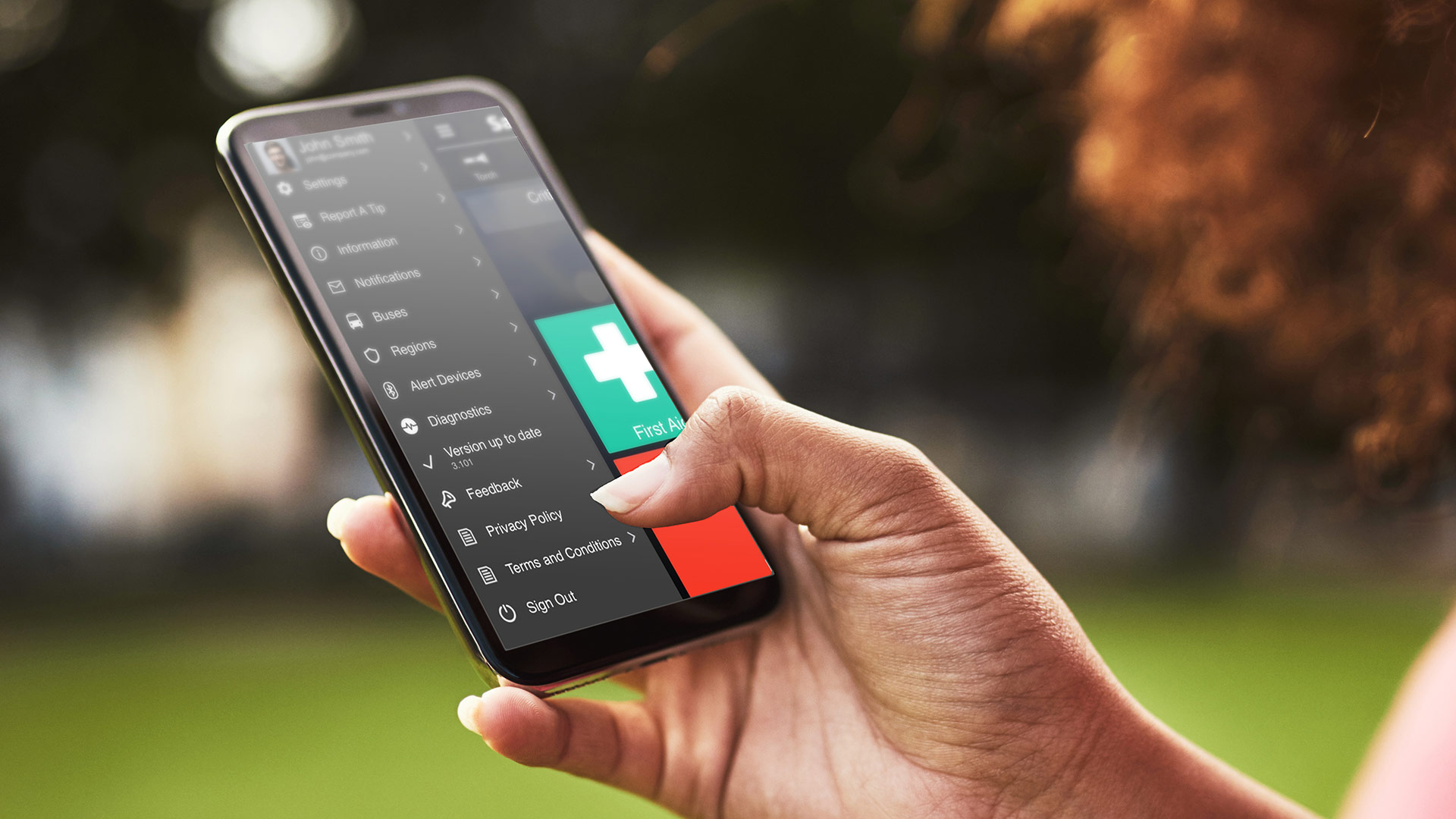- Future Students
- How to Apply
- Visit UHCL
- Admitted Students
- Tuition, Costs and Aid
- Degrees and Programs
- Contact Admissions
- Current Students
- Class Schedule
- Academic Calendar
- Advising
- Events
- Library
- Academic Resources and Support
- Student Services and Resources
- Alumni
- Lifetime Membership
- Alumni Events
- Update Your information
- Awards and Recognitions
- Give to UHCL
UHCL steps up safety measures, to implement Smartphone security technology
August 1, 2022 | UHCL Staff

University of Houston-Clear Lake is elevating security and support for the university community by launching SafeZone, a unified safety and communications service from CriticalArc.
Through this implementation, the university aims to deliver more rapid response to calls for assistance across all campus facilities. The service also features strict privacy safeguards based on opting in; SafeZone users’ real-time locations are shared only if they activate an app-based alert or choose to “check in.”
“We are always exploring ways to make UHCL even safer for our students, faculty and staff,” said UHCL Executive Director of Public Safety and Chief of Police Russell Miller. “With technology, I prefer looking into the future rather than settling for the past; SafeZone is the future of campus public safety.”
Miller said with the app, anyone in the campus community can request assistance with a push of a button on their smartphone. “Whether it’s an emergency, a medical issue or they want to check in as a lone worker after hours, SafeZone is a powerful tool to help us deliver the best possible service to our stakeholders,” he said.
CriticalArc Chief Operating Officer Darren Chalmers-Stevens said that in an emergency, a person can call 911, but on a campus, it’s often challenging for responders to find an individual’s exact location.
“If students call for help with the SafeZone’s easy to use app, first responders will know who called for assistance, where they are, and the nature of aid required,” he said.
Campus security authorities agree that the key to a timely, effective incident response is not only about understanding exactly who needs help where, but also knowing what resources are available and where they are relative to the incident so they can be quickly deployed for optimal outcomes. SafeZone will provide this capability, in addition to streamlining communications between first responders and those who request help.
Chief Miller hopes that as Safezone gains traction across the UHCL campus, users will find that it is a tool for positive engagement while promoting a “safety everywhere” culture.
He said the service will be available the campus community this fall. “Information will be shared via social media, in-person meetings and e-mail, and will move forward in phases, including student groups and organizations, orientations, and faculty and staff groups,” he said.






